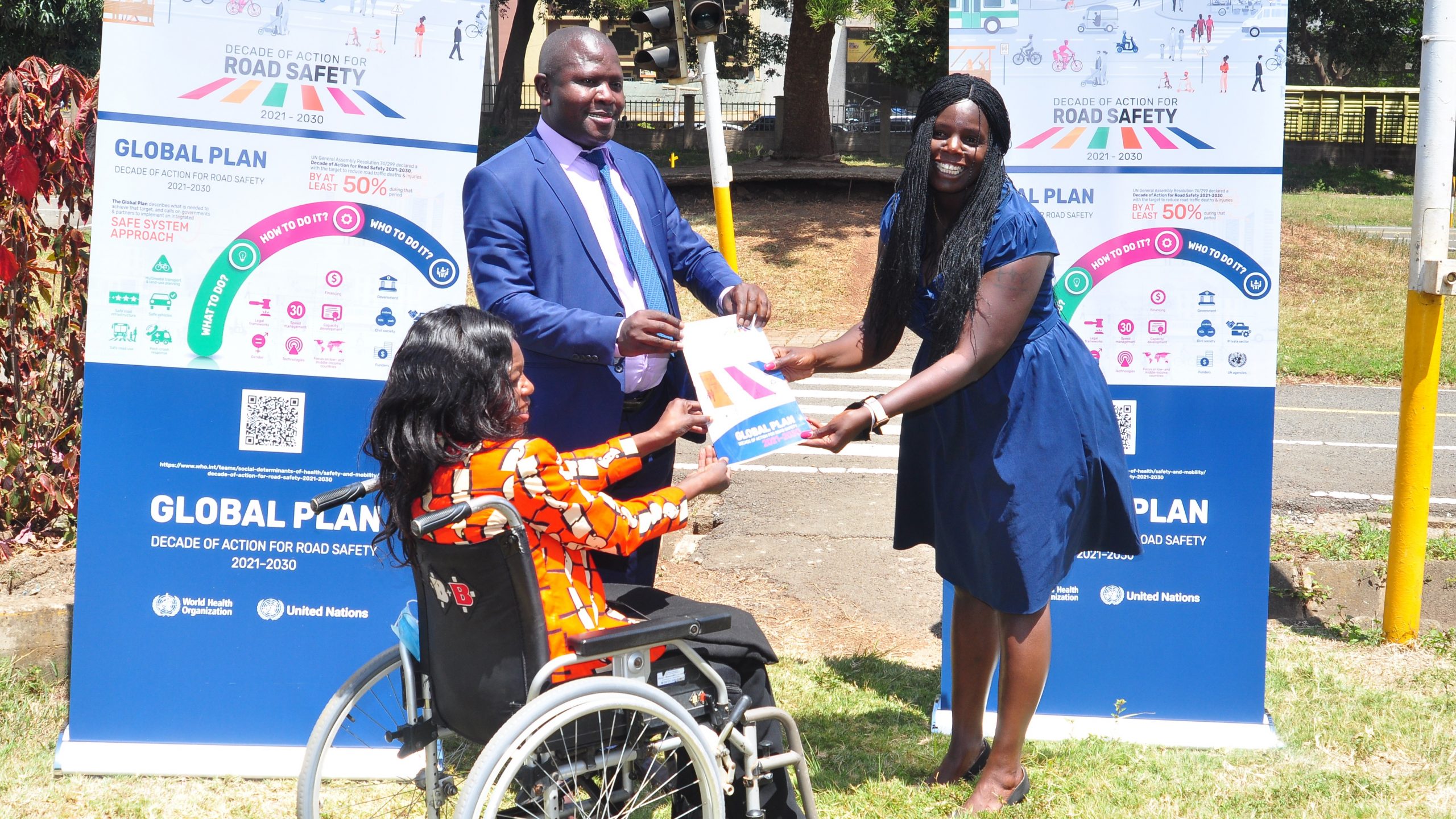
Three years ago this week, the Global Plan for the Decade of Action for Road Safety 2021-2030 (Global Plan) was launched. It set out a blueprint for halving road deaths and injuries by 2030 through a holistic, people-centered Safe System approach, acknowledging that “Placing safety at the core of our road safety efforts will automatically make safe mobility a human right.” It shows how road safety is intrinsically connected to active mobility and sustainability, urban planning, gender equality, and the development agenda. When it was launched, together with our NGOs, we set out to get the Global Plan into the hands of decision makers. NGOs arranged handover events in 38 countries, which opened or built on discussions about how best to halve road deaths by 2030.
The Global Plan reminds us that the government “bears the main responsibility to ensure citizens’ safety.” It also assigns a role for NGOs to “augment the evidence base as well as bringing the perspectives of communities impacted by those policies to the table” and to “help ensure government accountability.”
Over the past three years, we have been exploring this role, grappling with how to make the abstract concept of accountability tangible and practical and how to bring a data-driven approach to community experiences. The Mobility Snapshots are an example of this: gathering simple, community-level data at local intersections to show what it’s like to walk to the market in Nigeria or to school in Ecuador. The Snapshots show that the solutions to make those journeys safer for pedestrians are tangible and specific: 30 km/h zones, footpaths and crossings, and traffic calming. In this month’s newsletter read stories about how NGOs in different countries are using the Mobility Snapshots in their advocacy and how authorities are responding. If you missed our Global Plan Anniversary event On Track or Off Target yesterday, you can catch it again with the recording.